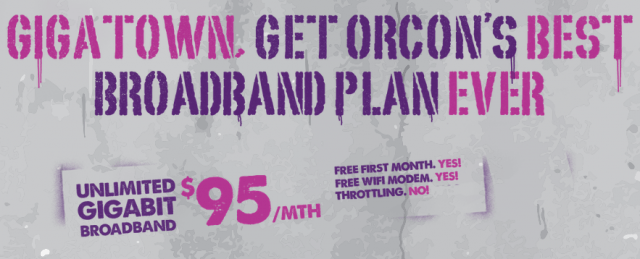
Dunedin is New Zealand’s “Gigatown” and ISP Orcon sells residents unlimited access to gigabit speeds for $68.50US a month.
New Zealand is now the world leader in fiber optic broadband deployment, achieving an annual growth rate of 272 percent and on the way to becoming one of the top 10 nations for broadband speed.
“We are now ahead of Australia, the United States and Japan for fixed broadband, with more than 31 broadband subscriptions for every 100 New Zealanders signed up for this service,” said Amy Adams, New Zealand’s Communications Minister. “This is an impressive jump and demonstrates the impact that the government’s $2 billion investment in the Ultra-fast Broadband and Rural Broadband Initiative program is having on the telecommunications services available to New Zealanders. People are increasingly choosing fiber for its superior speeds, capacity and reliability as the build continues across New Zealand.”
Before the government intervened, broadband in New Zealand was notoriously slow and rationed with low usage allowances and speed throttling. Most of the country received ADSL service, a technology that is rapidly being discarded by most developed nations in favor of VDSL in rural areas and fiber optic broadband in urban and suburban communities. Government policy defined broadband as an essential service for the country’s current and future economic growth and implemented a nationwide broadband improvement plan designed to replace or augment outdated copper telephone lines with fiber optic infrastructure.
While countries like the United States and Canada effectively allow private corporations to define and control their digital destinies, New Zealand believes transformational ultra-fast broadband is too important to leave in the hands of industry alone.
“Fiber is very much like electricity was 100 years ago,” said Maxine Elliot, CEO of Ultra-Fast Fibre (New Zealand). “It’s the single biggest infrastructure build we have done in a long time and it will make that kind of difference in our lives. I think when they first began building out electricity, it was all about a light bulb. No one could have imagined we would have microwaves and computers. We cannot begin to imagine the change that we are about to see with fiber.”
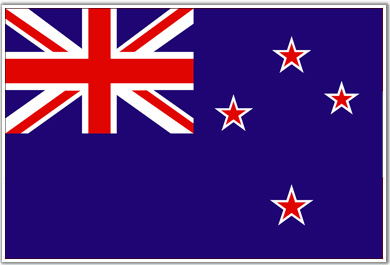
The explosive growth of fiber broadband has helped the country leap ahead of much larger OECD members like Australia and the United States.
“Over the past ten years, we have moved up from 22nd place out of 30 OECD countries in June 2004 to being 15th out of 34 OECD countries for fixed broadband subscriptions as at June 2014,” Adams noted. “At the same time, the quality of people’s broadband packages is improving, with greater numbers of customers using VDSL or fiber, rather than the older ADSL technology.”
The fiber infrastructure has also led to other benefits not originally anticipated. Wireless companies throughout the country have tapped into the fiber connections which deliver backhaul connectivity between cell towers and the fiber broadband network, allowing greater wireless broadband speeds and more capacity. Today, New Zealand is in the top 10 in the OECD for wireless broadband.
New Zealand’s fiber network has allowed providers to cut prices, increase speeds, and offer unlimited access as an affordable option for customers who want the service. It is also expected to dramatically cut the costs of maintaining the country’s telecom network, which were growing as older copper infrastructure aged.
[flv]http://www.phillipdampier.com/video/Ultra Fast Fibre Why ultra-fast broadband.mp4[/flv]
New Zealand believes its digital future depends on fiber optics, not on last generation DSL from the phone company. This video explains the immediate benefits of discarding century-old copper infrastructure in favor of fiber optics. (3:17)
[flv]http://phillipdampier.com/video/Ultrafast Fibre Installation process.mp4[/flv]
Ultra-Fast Fibre installation is orderly, on time, and technicians will even plant new grass seed and color-match any replacement concrete or driveway patches. This video explains the three-step process customers go through to get fiber service installed. (3:59)


 Subscribe
Subscribe Calling and asking for a better deal from Cablevision might just get you Verizon’s phone number with an invitation to take your business to them instead.
Calling and asking for a better deal from Cablevision might just get you Verizon’s phone number with an invitation to take your business to them instead. “We found out that we were pushing subscribers back and forth on a highly promoted basis,” Cablevision vice chairman Gregg Seibert told investors at this week’s Deutsche Bank 2015 Media, Internet & Telecom Conference in Palm Beach, Fla. “I don’t want to roll a truck to you every two years if you keep going back and forth to another provider, so we’re getting rid of that lower quality, lower profitability base of subscriber.”
“We found out that we were pushing subscribers back and forth on a highly promoted basis,” Cablevision vice chairman Gregg Seibert told investors at this week’s Deutsche Bank 2015 Media, Internet & Telecom Conference in Palm Beach, Fla. “I don’t want to roll a truck to you every two years if you keep going back and forth to another provider, so we’re getting rid of that lower quality, lower profitability base of subscriber.” A Pennsylvania attorney that didn’t pay his $215 Comcast bill was hounded by Comcast’s collections crew despite never getting cable service at his new address.
A Pennsylvania attorney that didn’t pay his $215 Comcast bill was hounded by Comcast’s collections crew despite never getting cable service at his new address.
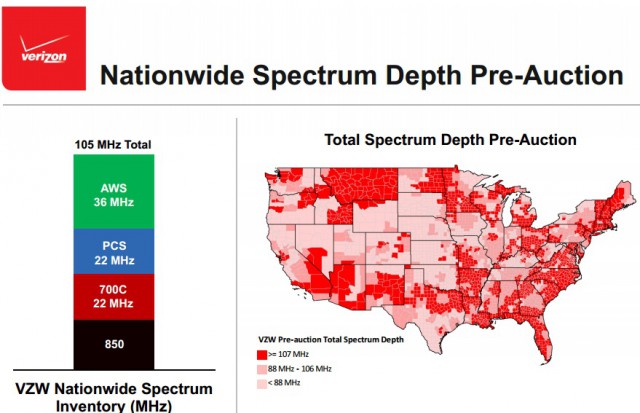
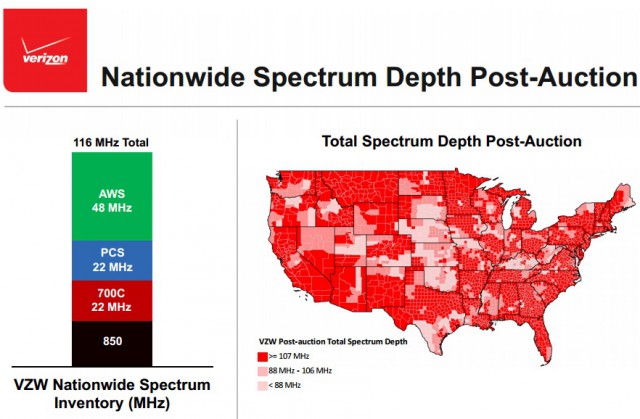
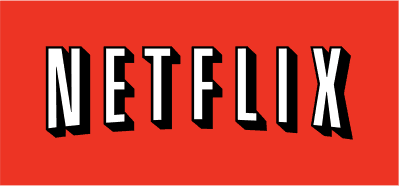

 Time Warner (Entertainment): Not affiliated with Time Warner Cable, owning Time Warner (Entertainment) would gain Comcast important cable networks like TNT, HBO, and the Warner Bros. studio.
Time Warner (Entertainment): Not affiliated with Time Warner Cable, owning Time Warner (Entertainment) would gain Comcast important cable networks like TNT, HBO, and the Warner Bros. studio.